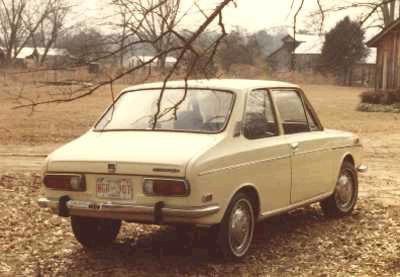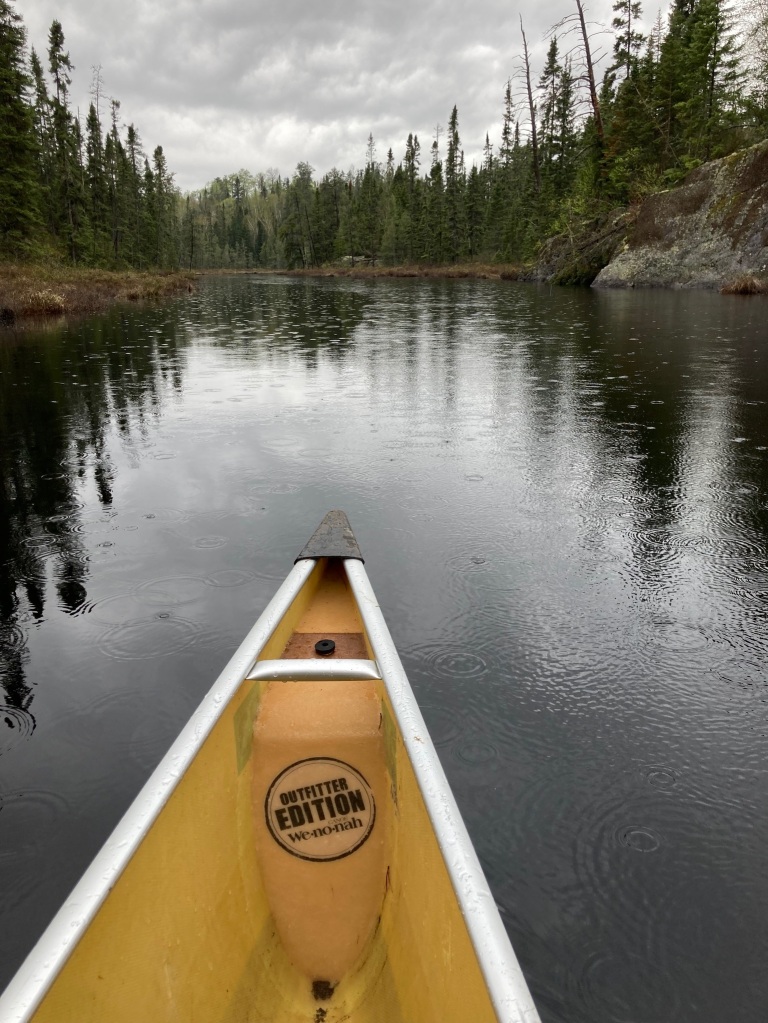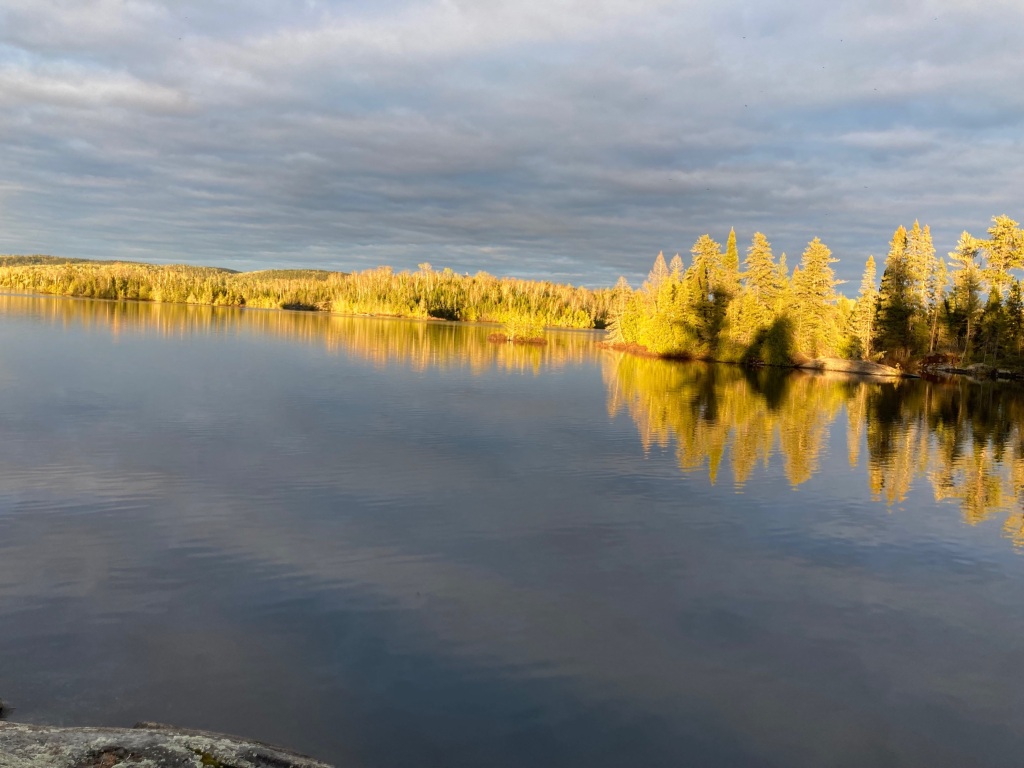
Almost Christmas. I get gifts, especially for the grandboys, put up a tree and a few decorations, send out some cards. There will be a holiday meal, either Christmas Eve or Day. Basically I don’t go as “Christmas crazy” as I used to. That was probably overcompensation on my part. After all those years of unrecognized seasonal depression. I felt like Ebenezer Scrooge, cranky and cynical. I thought that it was all phony–goodwill to men covering up personal and corporate greed. The former stoked by the latter. So I tried to cover up that cynicism.
I still think Christmas is overdone. But one thing that comes up for me this time of year is the season of Advent. Now Easter seems all about suddenness–Jesus’ march through the city, betrayal, death, and resurrection, all in a matter of days. Christmas, on the other hand, we’re told was long expected. There was prophecy and preparation for the coming of a messiah. Advent–a week’s long preparation for the Messiah’s coming– was a later addition by the church. In many ways it has become the core in some ways of this season, sure as the fact the sun will stop its northward drift. The days will start to lengthen, and the world again befilled with Light. Whether to kids with their Advent calendars, or adults counting the days down to Christmas.
Advent is interesting to this former comparative religions student, even if I wasn’t a formal one. It is mostly my Christian training and upbringing, then compared against Buddhist teachings as I began to practice Zen. And here’s where I’ll reveal how little I really know about these teachings, especially Christian. But mалу, even most religions, have this belief, this prophecy, of someone or something coming to this fallen world. Not just of a heaven beyond this life, but that this very world will, if not transform, be redeemed. Christ, the future Buddha Maitreya, and others will come.
The teaching of Christians (and also to Jews as I understand it) is that we must prepare the way for the coming of Christ, the Messiah. People must become ready, and make themselves and the world be in accord with what the world will become at that time. It’s in the secular Christmas themes too, the canon of stories like A Christmas Carol, of an individual or entire world lost, and found, then filled with light. The Zennist in me wants to say that it’s really just finding the light already there in this world.
But in this season we prepare our homes and our souls–fill our homes with colors, light, the scent of sweets, and the feasts. As to ourselves, we find and cultivate the joy and kindness within everyone so we become ready as the world does, to have this love, this redemption, clarity and peace, this special being enter into it. We perform acts of joy: of gathering together, and singing, laughing, sharing what we have with others. Giving gifts to friends and family, and especially to those we may not even know, who are in need of light, gifts, of the very basic necessities of this life. We make of ourselves, and this world, the best version of both. But if all that wasn’t already present, how can we just manufacture it?
The tragedy, to look at the other side of it, is that we drop it, lose it, put it aside. Perhaps because we buy this idea it was forced, false, something we created. And we were not really preparing the way for Christ or Buddha. It was all playacting, temporary. Because if it were real, it would continue. We’d see it and allow it to do so. The coming of love, of light, of peace, would continue. Having found it (or as I argued, finding what was already there) we’d do our best to nurture it, to keep it alive.
The lesson we miss is that we were the ones who found it. We brought this to life. In preparing to have this world transformed into the kingdom of God, and to bring heaven to earth, to bring awakening to this world, we have made this earth a heaven. We are the ones who have awakened, who made this very place the kingdom of heaven. It’s as though Christ’s or Buddha’s actual appearance is almost unnecessary, just an afterthought.
We are Christ, We are Buddha. We are the ones who redeem and transform this world, by seeing it and ourselves differently and most importantly, in acting differently. These acts of giving, of kindness, love and selflessness are the way we accomplish this. Too often then, either in reality or in our minds, we just say, “Ok, I’ve done my work here. The Messiah or Maitreya are here. Now I can relax, sit back. No need to do anything more, the Messiah has got it covered.” We miss what we’ve done, what we found and created. The light of the new world fades, and we return to winter in our hearts.
If only we could continue with this work which, come on, be honest, really isn’t that much work. We only make it so through the craziness we take on when we push to make it comply with an idea we have of how things should be, rather than allowing it to naturally flower. Which is again, at root, a kind of greed.
Remember, at the end of A Christmas Carol, Scrooge says, “I will honor Christmas in my heart and try to keep it all the year.” Or as Zen teacher Hakuin said, “This very place is the Lotus Land.” Or Jesus put it in the Gospel of Thomas, “Rather, the kingdom is inside of you, and it is outside of you.”
Merry Christmas!



